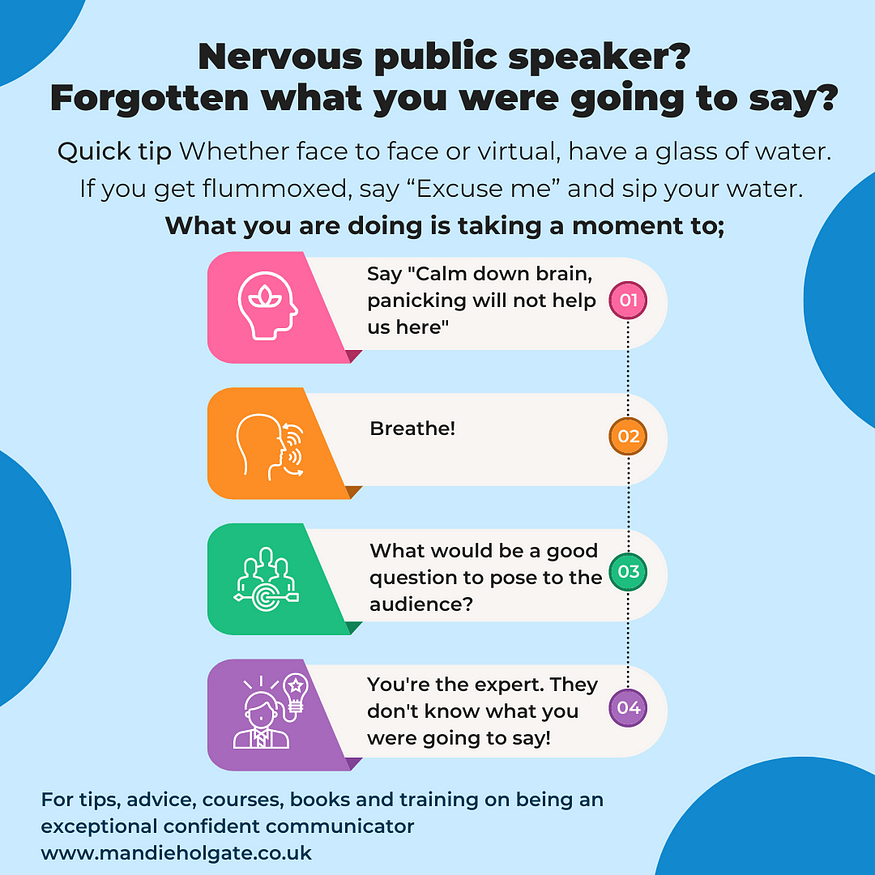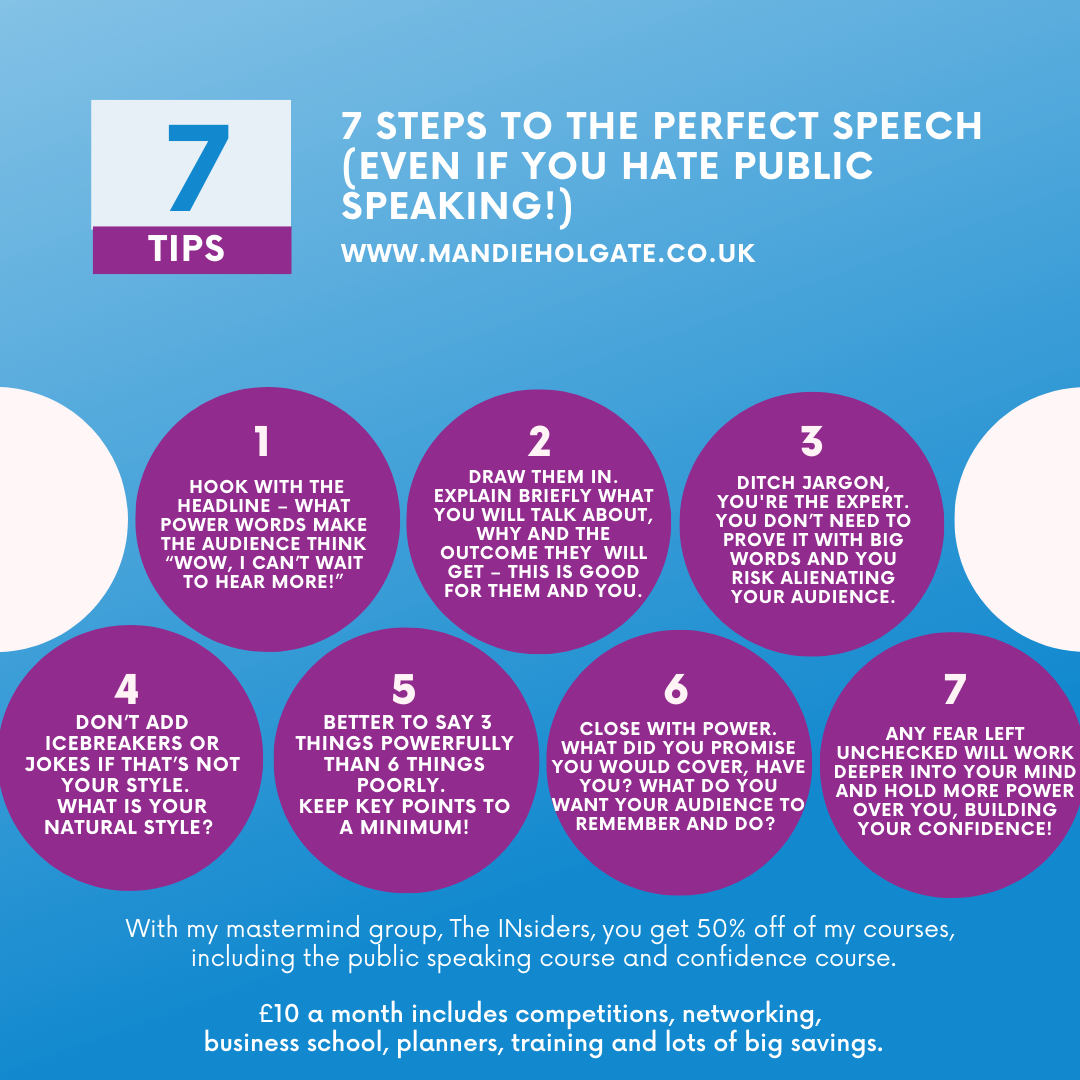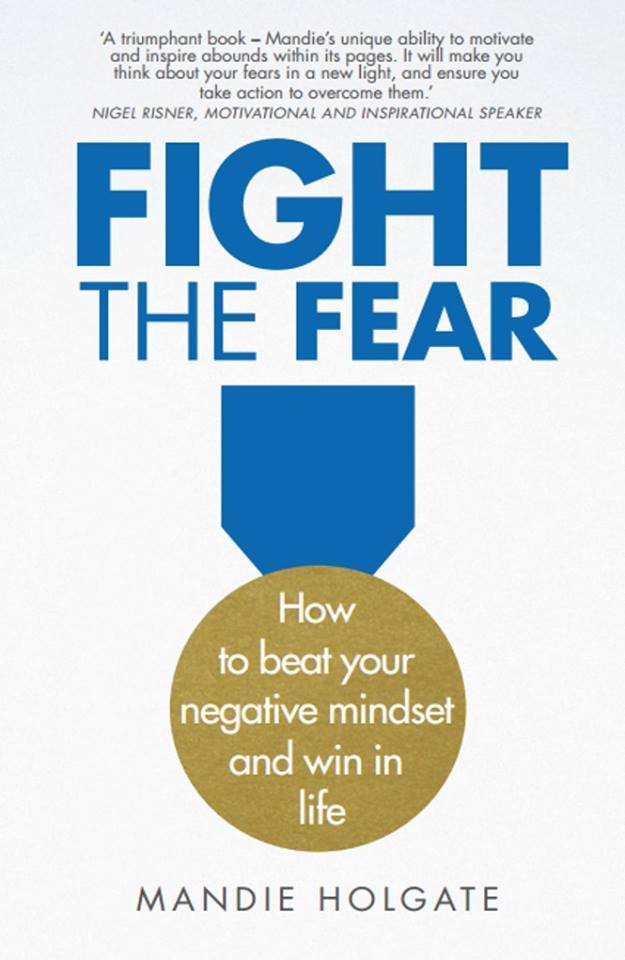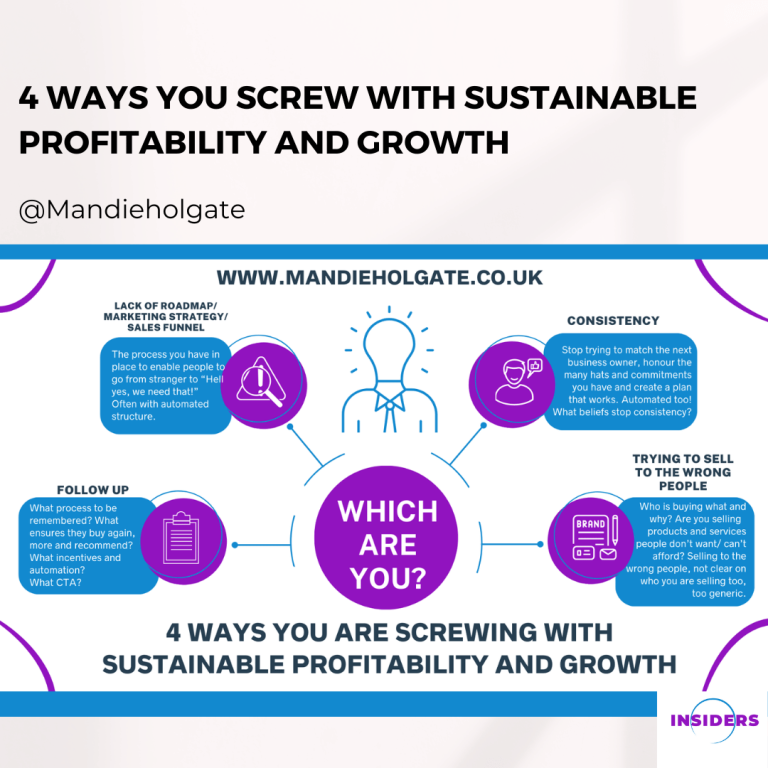12 steps to making a lot of money as a public speaker (even if you are petrified of it!)
Communication is one of the fundamental skills every human needs.
From birth we learn that if we make a noise we can get what we want, so how do so many humans lose that power as they grow up?
Follow this 12 step process (I will keep it short) and you will be able to make a lot of money from talking.
I was petrified of public speaking in my 30’s and worked with some of the best speakers globally to learn how to speak powerfully anywhere — from the stage, to college, office to home, let me share some of what I’ve learnt…
- Your purpose for speaking
Before you do anything know why you are speaking. What outcome do you want? What do you want your audience to do? To feel? To learn? Write it down so that you can check the quality of your speech against these key performance indicators.
2. Building communication confidence
I could write you the most amazing speech that will get your audience doing whatever you want them to, however if you lack confidence the rest of this process is going to be less powerful and you won’t get the results you want. So build your confidence first — click here to boost your confidence in 24 hours.
3. Your natural style of communicating and why it’s essential to know
I used to be petrified of public speaking and hated it so I know first hand how tough it can be to overcome (I’m now an international speaker) a big mistake I made in the early years was trying to be a speaker like everyone else. It would always be doomed because your audience can spot a fake even if they can’t tell you why. Acting like someone else may help you feel more confident but only take it so far. Learn what style is yours and even if you make a mistake your audience will still love you.
4. How to overcome your public speaking fear
Taking from my best selling books Fight the Fear and Taking Control Of Your mind is an example of my negative spiral strategy. For this explore what you are thinking, feeling or doing when asked to speak and write it down. Now from that you will have a choice of Feelings. Emotions. Actions or Results. Explore what happens and write it in it’s own box. This is a short version. To really know what is going wrong go deeper and deeper. You will find that it’s likely to be a number of things — the fear of what people think of you, the fear of looking stupid, the fear of making a mistake or the fear of looking arrogant. Which is it? You can then draw a positive spiral and follow my strategy to work out how to reverse what’s happening. Most readers (and clients) can make positive changes very fast.
5. How to think
Connected to your reason to speak is what you should be thinking. Challenge the quality of your thoughts. What are they saying to you? Are they saying “let’s do this, they are going to love this!” or are they saying “Why are you up on that stage, you’re no one special” one will empower, one will floor you.
6. How to act and stand.
Try this out in front of a mirror. Act sad — notice how your shoulders around, your eye contact goes lower, your chin drops. Now act Powerful (like a god or super hero) what’s different? You can use your body to act out the words you are saying. Your audience uses all their sense to process you, so utilise this. Trial different things. In my Public speaking course I go into a lot of detail on this and you can use this strategy to hide and remove your public speaking fear too!
7. How to breathe and speak.
Just as the way you act impacts on performance, tonality, volume, speed and pauses and breathing can drastically change your performance too.
Try it — Say “I’m here to inspire and motivate you into action” very fast, then very slow, very loud and very quiet. Say some words at normal volume and then say Inspire and motivate louder. Notice how it changes the quality of your presentation.
8 . How to structure your communications

9. The right words (and the dangerous ones you shouldn’t use — ever!)
If you’ve completed my blogging course or finding your target audience course you will know that words really do have power. Plan what words matter to you and what words matter to your audience. They may not match up, ensure they do!
10. Equipment
Yes a PowerPoint can be useful but it can also be very distracting and there’s nothing worse than a speaker fiddling with a laptop disclaiming “It worked fine this morning!” If you are nervous keep it simple, remember any visuals are for your audience, not you! Go back to how you want to be remembered and ask yourself what props would be useful and what would just distract from your purpose.

11. What audiences love and hate and how to have them hooked!
Heard the saying “Be yourself everyone else is taken”? This is true for public speaking. Enable the audience to fall in love with you by being genuine, ditching the jargon, opening up and connecting with your audience. Audiences hate to feel nervous so use ice breakers carefully. They don’t want to feel scared so don’t look scared and they quickly notice the word you say again and again and again or that “um”, “arr” or “er” that you use instead of breath. Those things make your audiences shut their ears hoping you will stop speaking soon. Make them feel appreciated, listened to and respected. Consider how strategies 6 and 7 alter the way your audience will feel. Try darting your eyes from side to side — how nervous your audience feels (you could want them to feel like that) then notice how they feel when you make eye contact naturally (do not look at only one person, that one person will hate you for it!
12. How to get (paid) speaking engagements
Fabulous news, you’ve now sussed public speaking and are raring to go. Don’t agree to speak everywhere — you can quickly be a busy fool with a big ego. If you want to get paid to speak (and yes you can get paid a lot of money for 1 hour’s work!) then get a plan in place and to do that you need a goal.
For what do you want to be known? If I “Googled” you what do you want me to see? Now make sure your online presence everywhere says that — video content, blogs, website, social media shares — everything! Going networking? Getting in the press? Sending out emails? What are you known for? How will time with you make someone healthier, happier, richer, fitter, stronger, younger, better? Check out my Marketing Production line and blogging for business courses to really nail it. Learn more here.
And always come back to these twelve points — and ask yourself “What next?” because when you do that, anything is possible!





